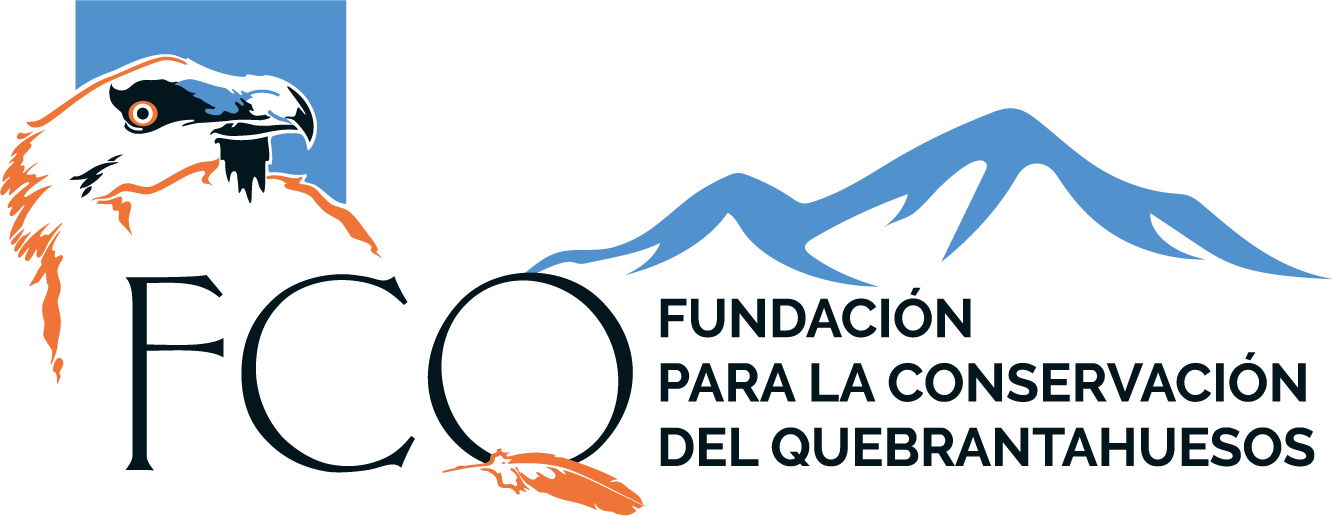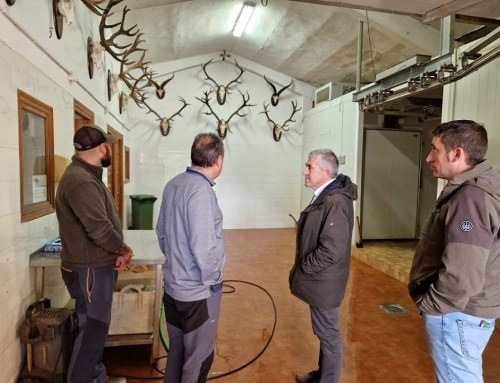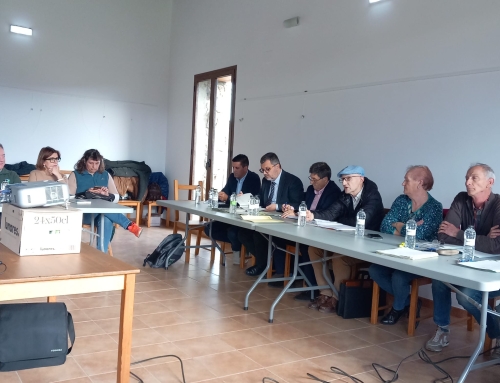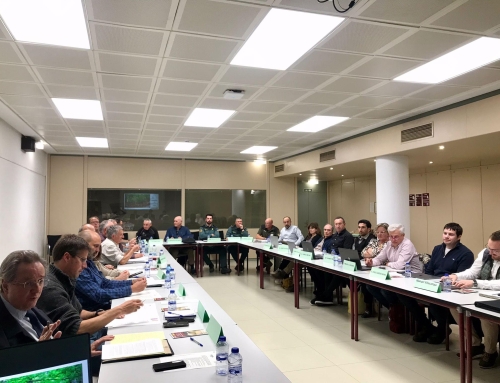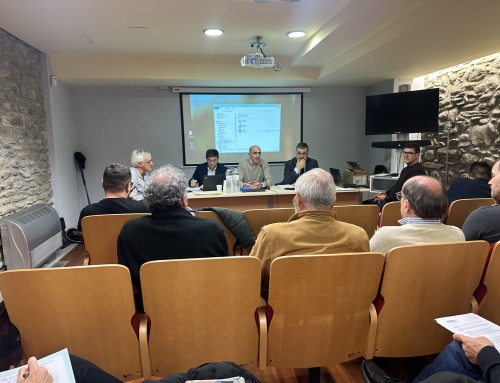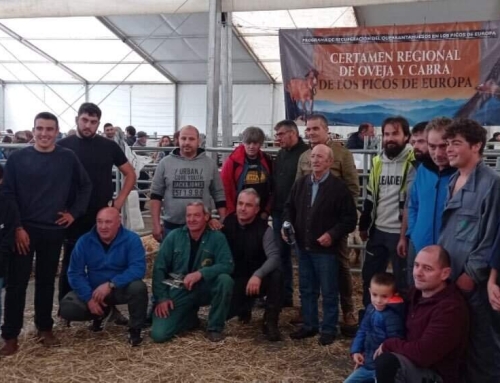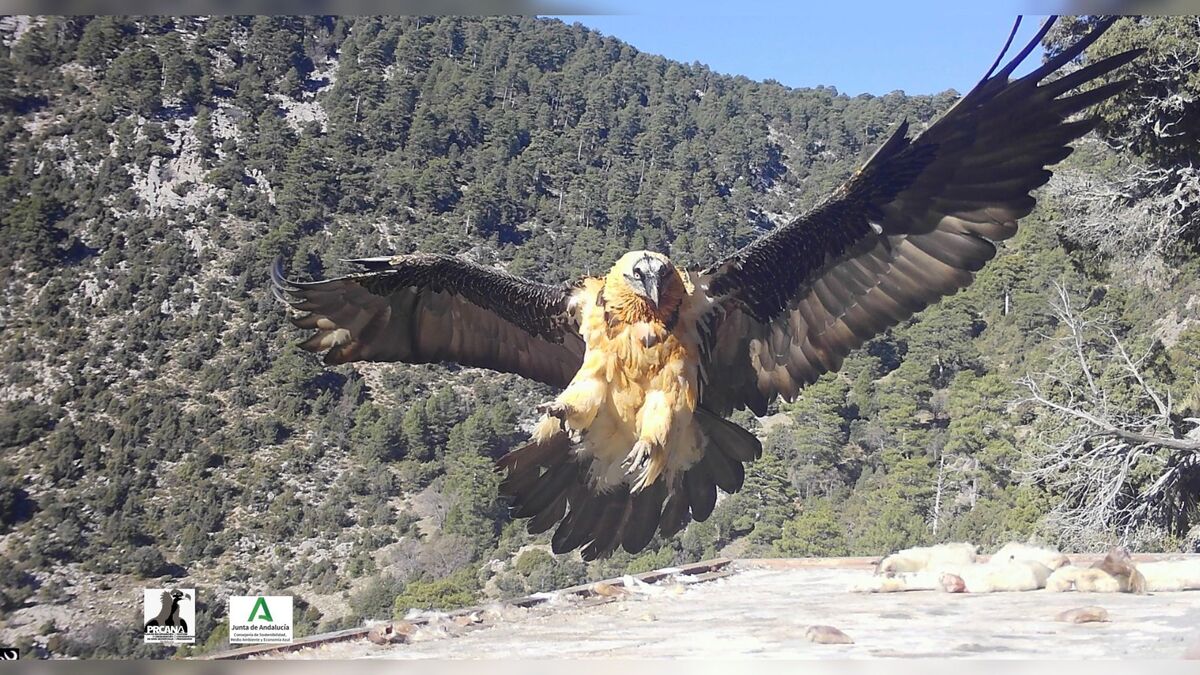
Cazorla leads Europe in the reintroduction and breeding of bearded vultures in captivity.
- In the 1980s, this species disappeared until 2006, when the reintroduction process began.
- Jaén, the oasis of the Iberian lynx.
Imposing and with majestic wings it soars through the sky and glides over the mountains of the largest protected natural area in Spain, the Park of Cazorla, Segura and Las Villas, a species that disappeared almost completely in the 80’s from the world and that thanks to the European Endangered Species Program (EEP) and several generations of a group of people in Cazorla managed to return to the rich biodiversity of Jaén. This bird that has returned to the wild is the bearded vulture (gypaetus barbatus). From not a single bird left flying over the natural landscape of Jaén, the province has become a leader in the reproduction and reintroduction of birds from all over Europe, thanks to the Bearded Vulture Breeding Center of Guadalentín de Cazorla and its team of integration into the environment. Therefore, the project consists of two very meticulous and delicate parts, both being essential for the life of the species. To date, a total of 90 specimens of this species have been released in Andalusia, plus 13 that have been born in the territories that the species has been occupying in the sierras of Jaén. In the breeding center there are pairs that have been mating for many years, and then they make their nest with sticks offered by the technicians. When the breeding period arrives, these pairs go on to lay eggs, and here the workers intervene by removing them to incubate them. When the chick has hatched and is five days old or older, the most critical period is over and they are returned to the couples so that they can raise them.
Setting in total freedom
After the chick has grown, when they are more than 90 days old, an almost definitive size, all feathers are developed and they feed autonomously, the next phase is called‘hacking‘, the reintroduction in the field. A task that is carried out with real passion by the coordinator of this technique, Enrique Ávila, as well as the monitoring, who has known the site, the behavior and every detail of this unique species for more than 20 years. This release period usually coincides from May to July. “We introduce them into a series of caves that we have prepared beforehand so that it looks more like a nest in freedom, which is in the middle of the walls. When about a month passes, they begin to make their first flights and we proceed to put food in the surrounding area so that they can develop their abilities,” Ávila told this newspaper. In one year they can release between six and eight birds, but not all of those released in Jaén come from the Cazorla center, as they would form very similar specimens genetically. Therefore, many chicks come from Austria, Czech Republic or Switzerland. A collaborative work is formed because the lammergeyers that are born in the province also travel to other countries such as Switzerland, Italy or France. Thus, once they come into contact with the freedom of the immense nature of the Natural Park, the food is deposited in the caves through tubes so that they have no contact with humans. Through this technique, the bearded vulture chicks assimilate the environment surrounding the nest as their place of birth and this leads them to become fixed to the territory. When the chicks are born in the field, they are taken down with ropes to the nests to catch the chick, they do vertical work when they are born in the field and place the rings, they discolor the feathers so that the first years while they molt they know which bird it is, they place satellite transmitter in the field. Bearded vultures can live up to 40 years of age, although the technician points out that these are anecdotal cases because they occur when they are in captivity. “In the wild, it is usually more difficult for them to survive that many years. Those in breeding centers, captive birds will always have food and will not have the wear and tear that a bird in the wild has, that every day they have to look for food, they have to fight for it, expel other specimens from the territory, and they have more threats. Right now the oldest specimen we have in Andalusia is from the first release that took place in 2006. It is about to turn 20 years old and is still alive. We have it well controlled”, says Ávila. During the first years they can make long journeys and, when they reach breeding age (between 7 and 10 years old), the bearded vultures return to their origins and become fixed in the territory, where they can form a pair and have offspring.
Source:
